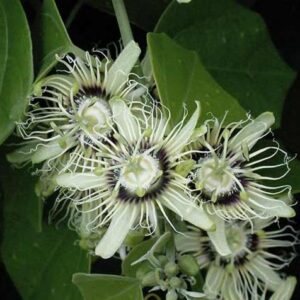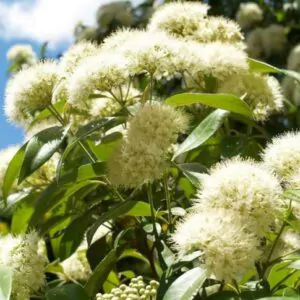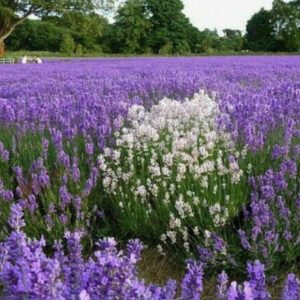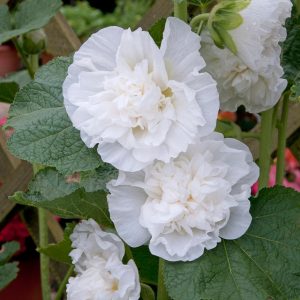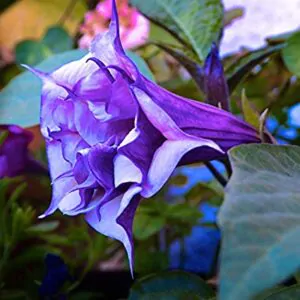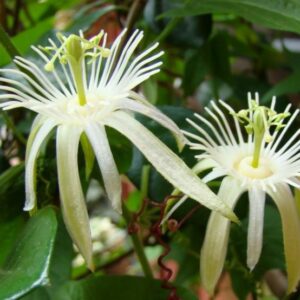$4.34
/ per pack
Choose seeds per pack:
Botanical name: Tithonia diversifolia / Mirasolia diversifolia
Common name: Tree Marigold, Mexican Tournesol, Mexican Sunflower, Japanese Sunflower, Nitobe Chrysanthemum, Bolivian Sunflower, Mexican Sunflower, Shrub-sunflower
Kingdom: Plantae
Clade: Tracheophytes
Clade: Angiosperms
Clade: Eudicots
Clade: Asterids
Order: Asterales
Family: Asteraceae
Genus: Tithonia
Species: T. diversifolia
Tithonia diversifolia is a species of flowering plant in the family Asteraceae that is commonly known as the tree marigold, Mexican tournesol, Mexican sunflower, Japanese sunflower or Nitobe chrysanthemum. It is native to Mexico and Central America but has a nearly pantropical distribution as an introduced species. Depending on the area they may be either annual or perennial. It has shown great potential in raising the soil fertility in soils depleted in nutrients. Originating in Mexico; research has shown its potential in benefiting poor African farmers. This plant is a weed that grows quickly and has become an option as an affordable alternative to expensive synthetic fertilizers. It has shown to increase plant yields and the soil nutrients of nitrogen (N), phosphorus (P), and potassium (K).
Tithonia diversifolia is 2–3 m (6.6–9.8 ft) in height with upright and sometimes ligneous stalks in the form of woody shrubs. The large, showy flowers are yellow to orange colored and 5–15 cm wide and 10–30 cm long. Leaves are sub-ovate, serrate, acute, 10 to 40 cm long, simply or mostly 3-7 lobed, somewhat glandular, and slightly grayish beneath. The seeds are achenes, 4-angled, and 5mm long. The seeds are spread by wind. The leaves of the plant alternate in sides they grow on, which is where the plant gets the name diversifolia. This is accompanied by flowers which are yellow in colour and range from 6–13 cm in length. It can grow throughout the year and its seeds are spread through way of wind, water, and animals.
This plant was originally domesticated in Mexico and spread to other parts of Central and South America and north into the United States. It was brought over to parts of Africa and Asia as an ornamental plant and has become an invasive weed that is widely spread. It is most commonly found in areas with an altitude between 550m and 1950m. It is commonly found scattered among rivers and roadsides. In Asia and Latin America this plant is also referred to as kembang bulan (Indonesian and Javanese), jalacate (Spanish), buatong (Thai) and dã qu? (Vietnamese).
– In Japan, towards the end of the Meiji Period, they were imported as ornamental plants although seldom cultivated there. Having a characteristic bitter taste, they were used to induce a fever to help fight poisoning, although not used for direct medicinal purposes. There is also the story of the species being introduced to Japan by Nitobe Inazo, hence its Japanese name, the Nitobe chrysanthemum (?????; Nitobegiku).
– It is the official symbol of Da Lat city, Vietnam.
– They are sold in herbal medicine markets in Taiwan.
– It is the provincial flower of Mae Hong Son Province, Thailand.
– T.diversifolia can be used as a green fertilizer for farmers. It can also be used as chicken feed, fuelwood, soil erosion control, and building materials. For fertilization, it is used as a mulch which can be spread on top of the soil or buried beneath it. The advantages here is that using the plant as a fertilizer has proven to increase crop yields. T. diversifolia has the ability to restore phosphorus in high amounts to the soil. T. diversifolia as a fertilizer contains 1.76% N, 0.82% P, and 3.92% K. All three properties are lower in cattle manure, and P is higher in poultry and swine manure.
T.diversifolia can grow in many different environmental conditions. It has a moderate drought tolerance. It is ideally grown in areas with an annual rainfall ranging from 1000–2000 mm and a temperature of 15-31 degrees Celsius. This plant does not require a large amount of nutrients because it is able to increase the amount of essential nutrients in the soil itself. As a weed it spreads rapidly which allows farmers to obtain large amounts for the use of fertilization.
| Weight | N/A |
|---|
